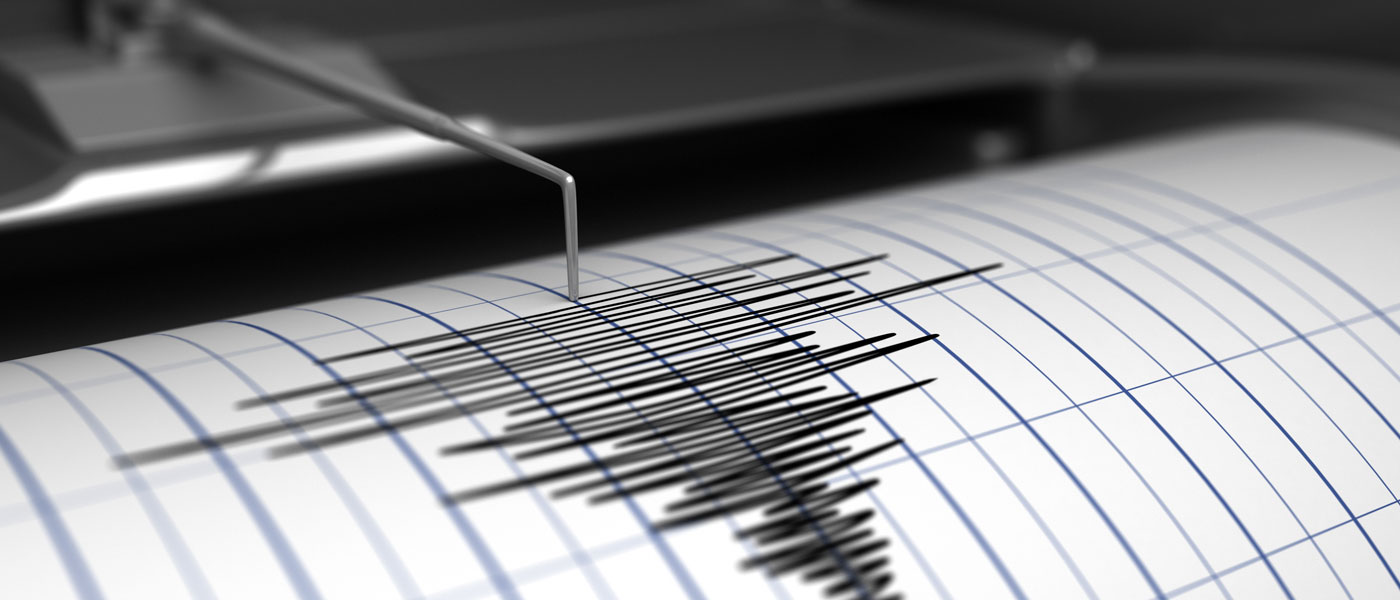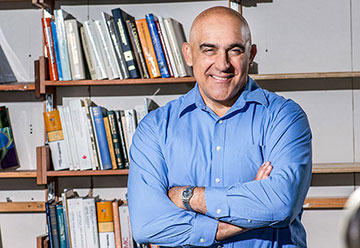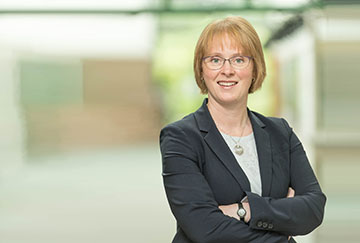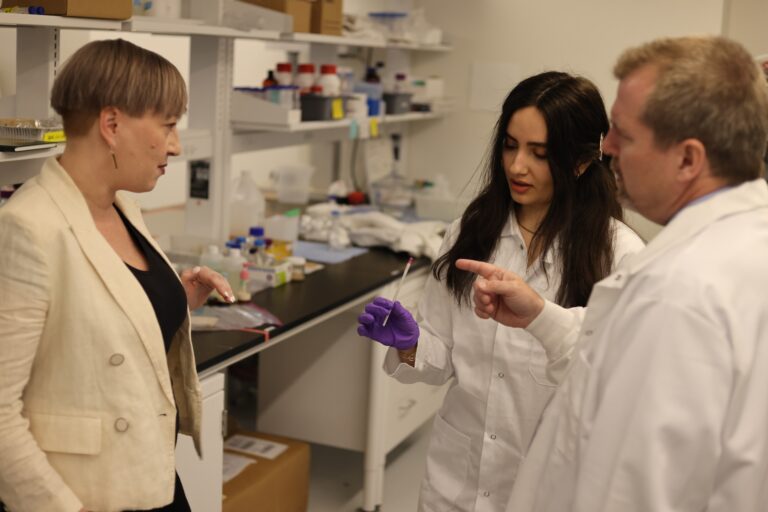UBC seismic study points the way to disaster resilience on Vancouver campus
A team of UBC staff, leading earthquake faculty experts and engineering consultants has produced a study examining how to protect lives, research programs, infrastructure and assets on the university’s Vancouver campus in the event of a catastrophic earthquake.

A team of UBC staff, leading earthquake faculty experts and engineering consultants has produced a study examining how to protect lives, research programs, infrastructure and assets on the university’s Vancouver campus in the event of a catastrophic earthquake.
The report presented to the UBC Board of Governors Feb. 12 was more than two years in the making, said Jennifer Sanguinetti, mechanical engineer and managing director of infrastructure development at UBC.

“We’ve actually been looking at seismic risk since the early 1990s and have already done a lot of work on our buildings and infrastructure through seismic upgrades in partnership with the province. Since 2016, we have approached our planning efforts through a ‘resilience lens’ — which means asking not only how we can withstand a disaster while reducing harm to people, but also how we can prevent unacceptable losses to property or interruptions to the university’s core academic mission,” said Sanguinetti.
“It goes beyond getting people out alive. You have to develop an approach to seismic risk reduction, using leading international practices in planning and design, so people have something to go back to when the shaking stops.”
The 20-year plan is conceptual at this stage, subject to the financial and logistical constraints of the university, and will need to be implemented within UBC’s existing capital planning process.
There’s a lot more work to be done before a final cost or definitive timeline can be determined, Sanguinetti noted, but the detailed analysis in the report provides unique insights into possible structural impacts that allows UBC to consider “surgical interventions” before full building replacements.
Working with Carlos Ventura, professor in the department of civil engineering and director of the Earthquake Engineering Research Facility, the team created three-dimensional structural models and assessed the material properties of 18 buildings classified as high-risk on the Vancouver campus.
The consultant team then tested those models under 11 ground motion scenarios, reflecting a one-in-975-year seismic event, varying the epicenter distance from the campus and the type of earthquake possible at each of those locations — a large subduction earthquake off the coast of Vancouver Island for example, the so called “Big One.”

“That allowed us to look at how the ground would actually move in those scenarios and what would happen, what the impact would be, on those 18 buildings,” said Ventura. “We are talking about reducing risk. This is a professional way to not only understand risk, but look at how to manage it.”
Research of this kind is both “an art and a science,” said Ventura.
“You have a higher risk of being in a fatal car accident on your way to campus than being injured in an earthquake. You know the risk of driving, you accept the risk and you take precautions. The same is true for earthquakes,” he said. “I’m really glad that UBC is taking the lead. We don’t want any surprises.”
For more information on seismic preparations at UBC:
- Personal earthquake preparedness: infrastructuredevelopment.ubc.ca/seismic
- Ongoing seismic planning: infrastructuredevelopment.ubc.ca/seismic



